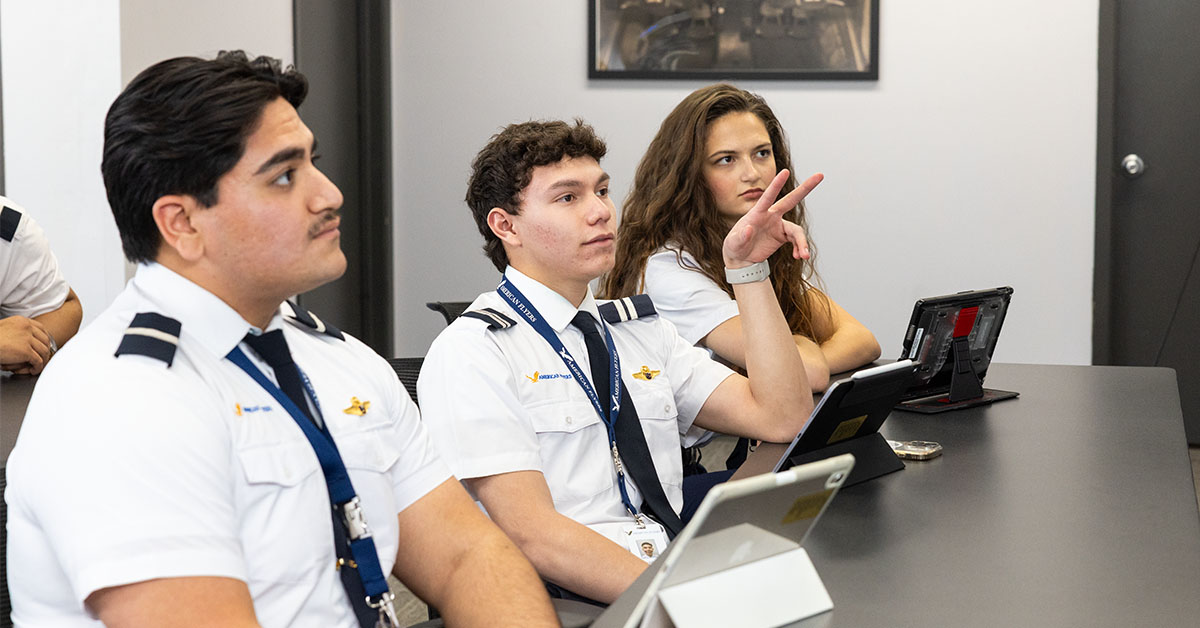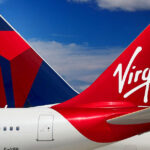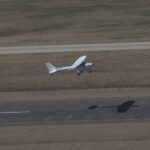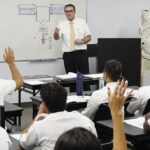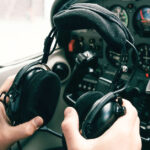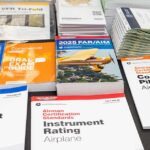By Mike Bliss
Being professional means more than just being paid to fly. It includes being reliable, respectful, competent, and acting with integrity, while presenting a good appearance. Training to become a professional pilot should emphasize these qualities and be conducted in a professional environment by qualified instructors using a well-developed curriculum. Each element helps develop both professional pilot skills and a professional attitude. Airlines value American Flyers’ graduates because they bring both.
The professional environment starts with appearance. In our Airline Academy, each student wears an airline-style uniform and all instructors wear ties. The clothing alone does not make someone a better pilot, but it starts the process of professional development that lasts beyond graduation.
American Flyers offers airline training in two ways. The first is through our Airline Academy, an 8–10-month structured program that takes students through the Private, Instrument, Commercial, CFI, and CFII programs. After completing the program, students work as flight instructors for 6 to 18 months to build the hours needed to become a second officer, most often with a regional airline. During this time, students also earn their multi-engine rating.
For those unable to commit to full-time training, the same curriculum can be completed through one-on-one instruction.
The entire training program follows a building block concept. Before any new element is taught, the required foundation is established. Maneuvers and procedures are not treated as isolated skills, as they often are at other schools. A common example at many flight schools is teaching takeoffs and landings before students understand basic attitude control. With more than 85 years of experience, American Flyers has refined the teaching sequence so every new skill is built on its prerequisite.
Another key element of a professional curriculum is ensuring each procedure taught applies beyond the training aircraft. Procedures that work only in a basic trainer can become obstacles in more advanced aircraft. At American Flyers, what is taught in primary flight training does not have to be relearned when transitioning to complex aircraft.
All training begins with the Private Pilot Certificate. This module emphasizes safety, basic flying skills, aircraft control, takeoffs and landings, navigation, cross-country flying, weather, regulations, emergency procedures, and the knowledge needed to act as pilot-in-command of a single-engine airplane in VFR conditions. Because primary training is the foundation for everything that follows, students should seek the highest quality instruction.
Pilot training involves more than flying, so quality ground school is essential. Two types of ground school are needed: preparation for the knowledge test and pre- and post-flight instruction. Knowledge test preparation is completed in an intensive three-day classroom course. Pre-flight ground instruction ensures students understand the purpose and procedures needed for the upcoming flight. After the flight, a post-flight session with the instructor reviews the students’ performance, reinforces correct actions, and addresses any errors or misunderstandings in a positive manner.
After completing the Private Pilot module, students enter our FAR 141 combined Instrument/Commercial program. This combined approach provides flexibility and keeps training on schedule. Early in this phase, students build the solo time required for the Commercial certificate. Instrument training begins in a Flight Training Device and then moves to the airplane. One advantage of the combined structure is the ability to match training to weather. If VFR conditions are not available, IFR training continues. Whenever possible, instrument students train in actual IFR rather than under the hood to gain real-world confidence.
Since FAR 141 requires 190 hours for the Commercial certificate, there is no need to complete the Instrument rating in minimum time, as might be the case in a stand-alone program. The combined program allows ample time to master critical instrument skills. As students accumulate hours and complete the Instrument rating, they begin practicing commercial maneuvers. By the time 190 hours are reached, they are ready for the Commercial checkride.
Next, students enter our CFI Academy to earn both CFI and CFII certificates. The Academy pairs instructor candidates for practice teaching in the classroom and one-on-one settings.
After that, students apply their training in their first professional pilot job as a flight instructor. As a CFI, they build flight hours while teaching others, moving steadily toward the cockpit of a commercial airliner.




